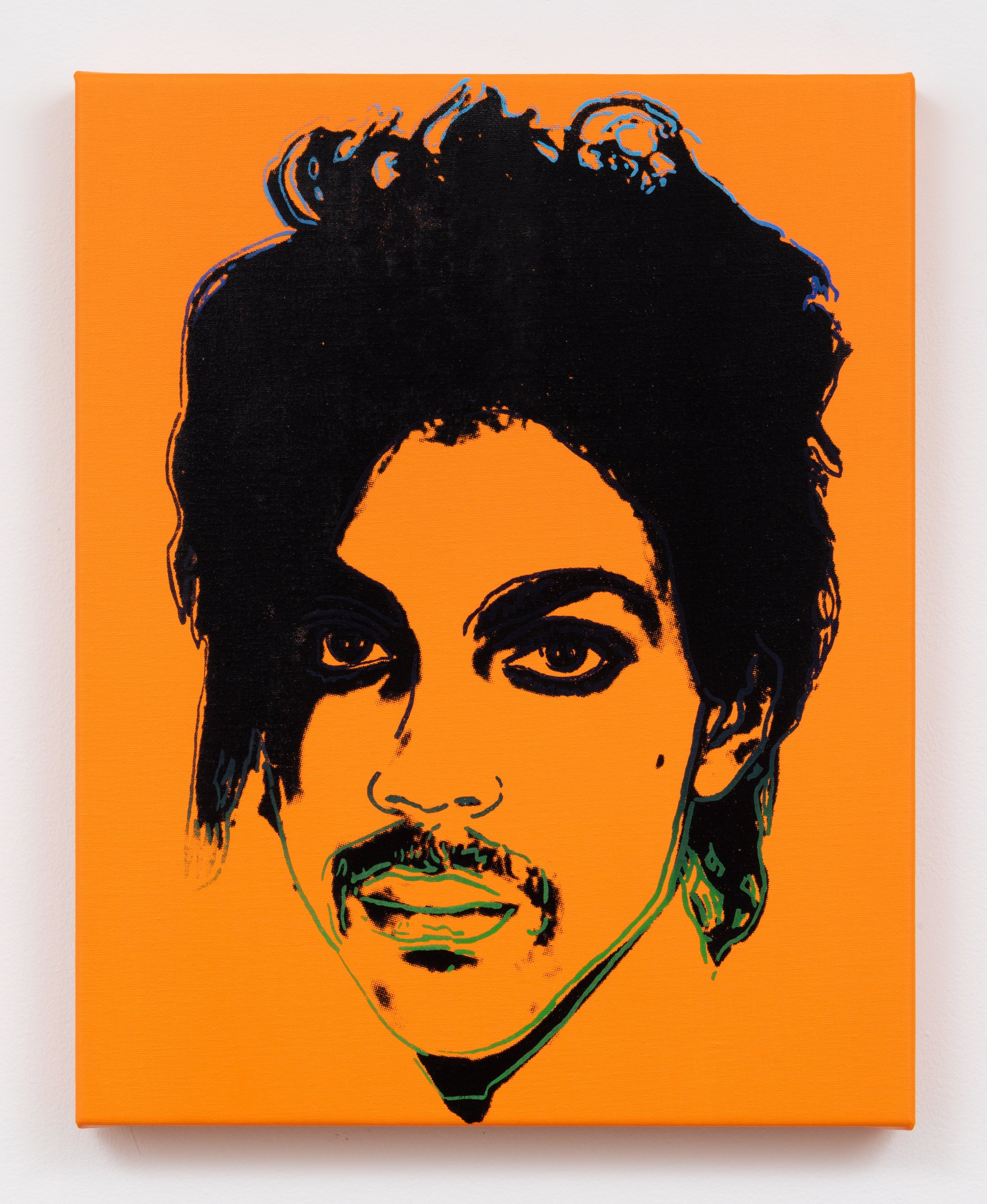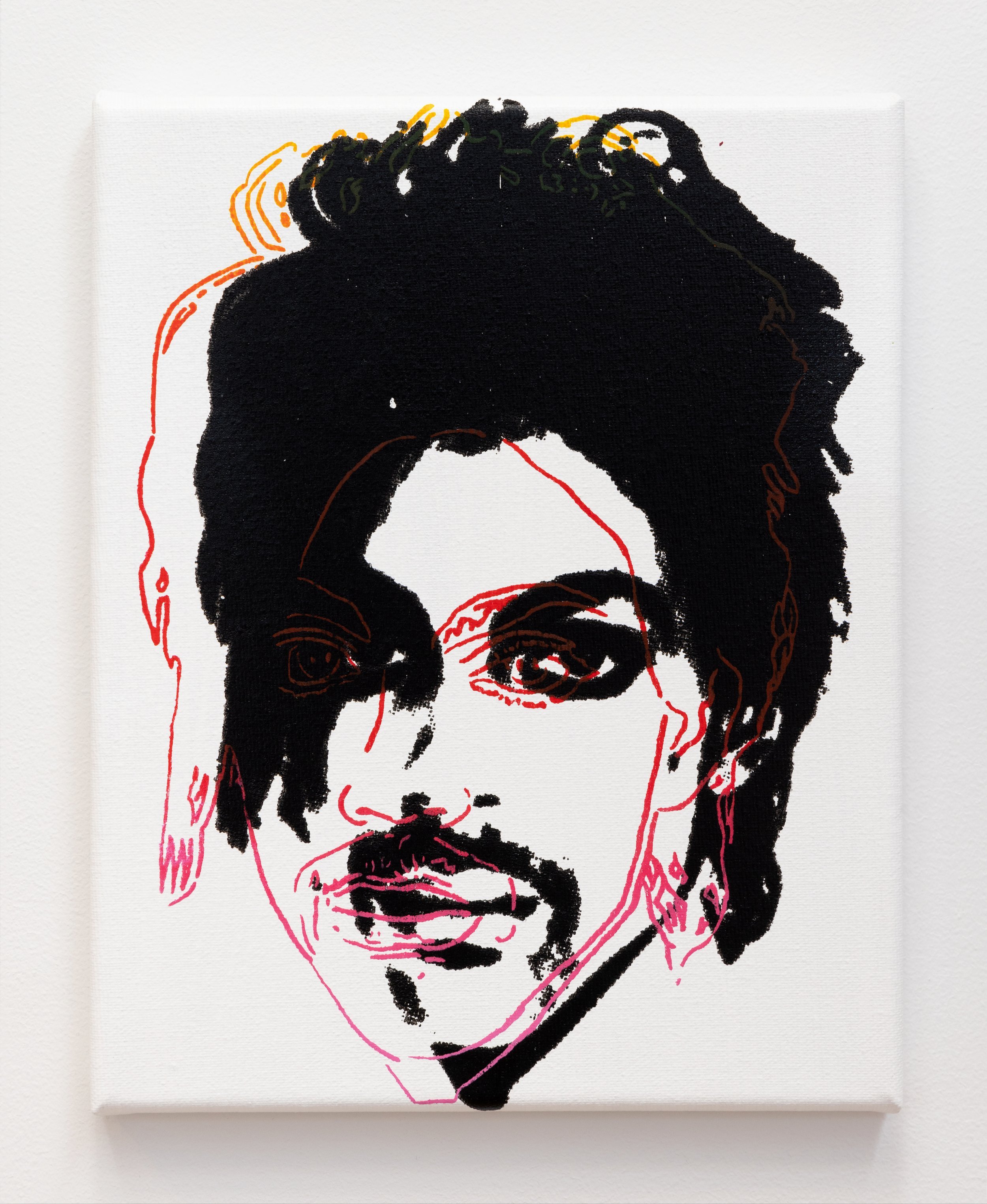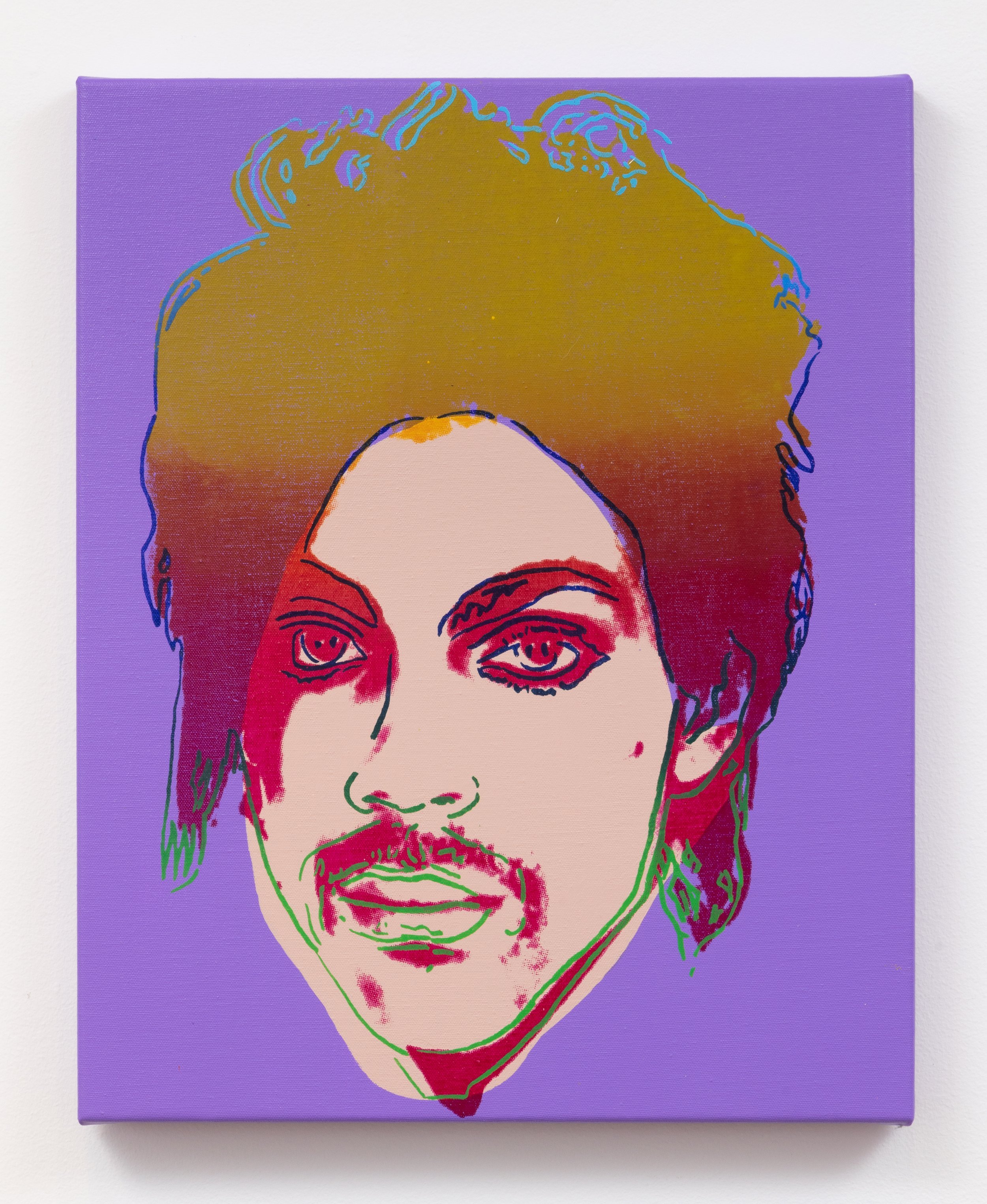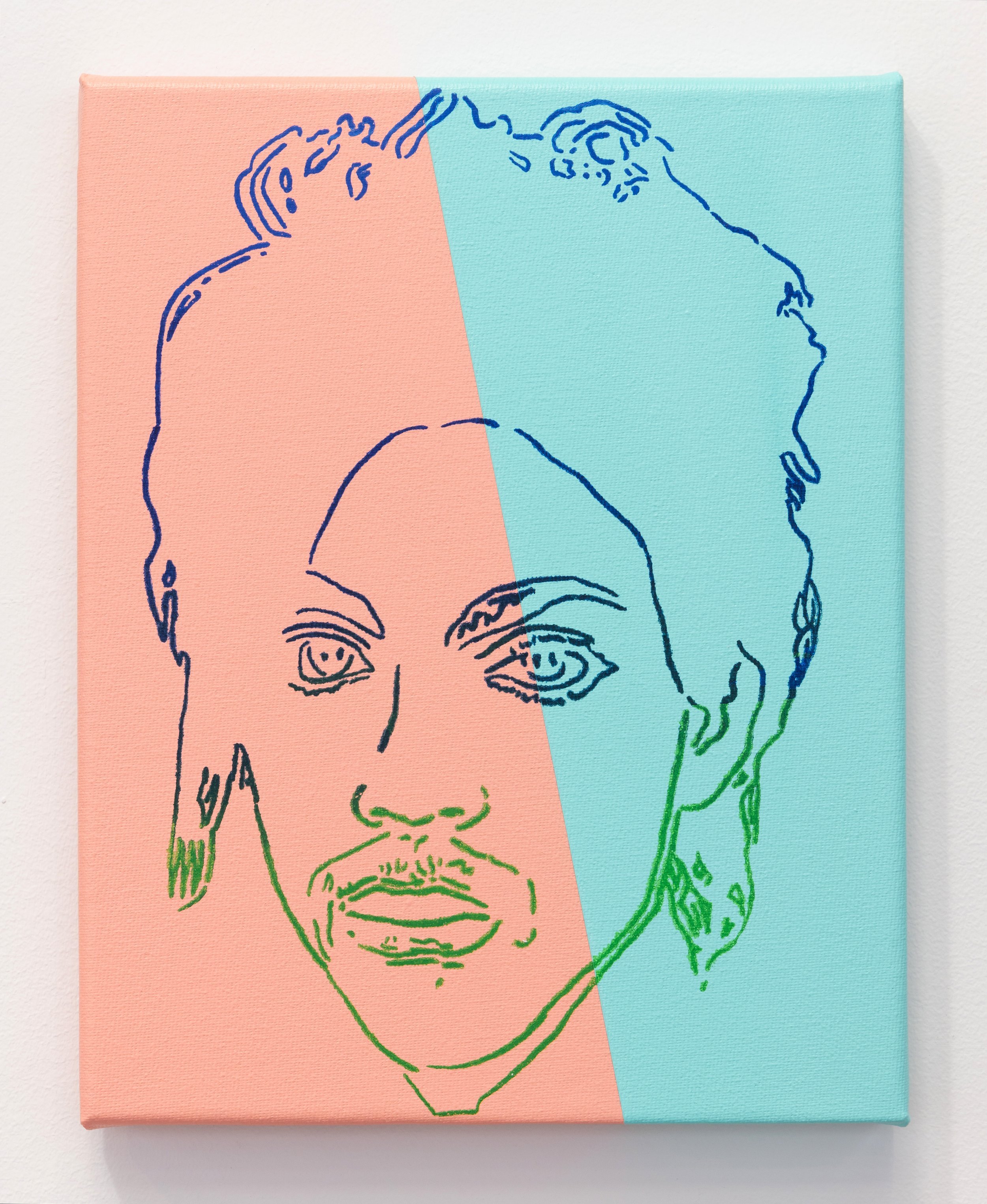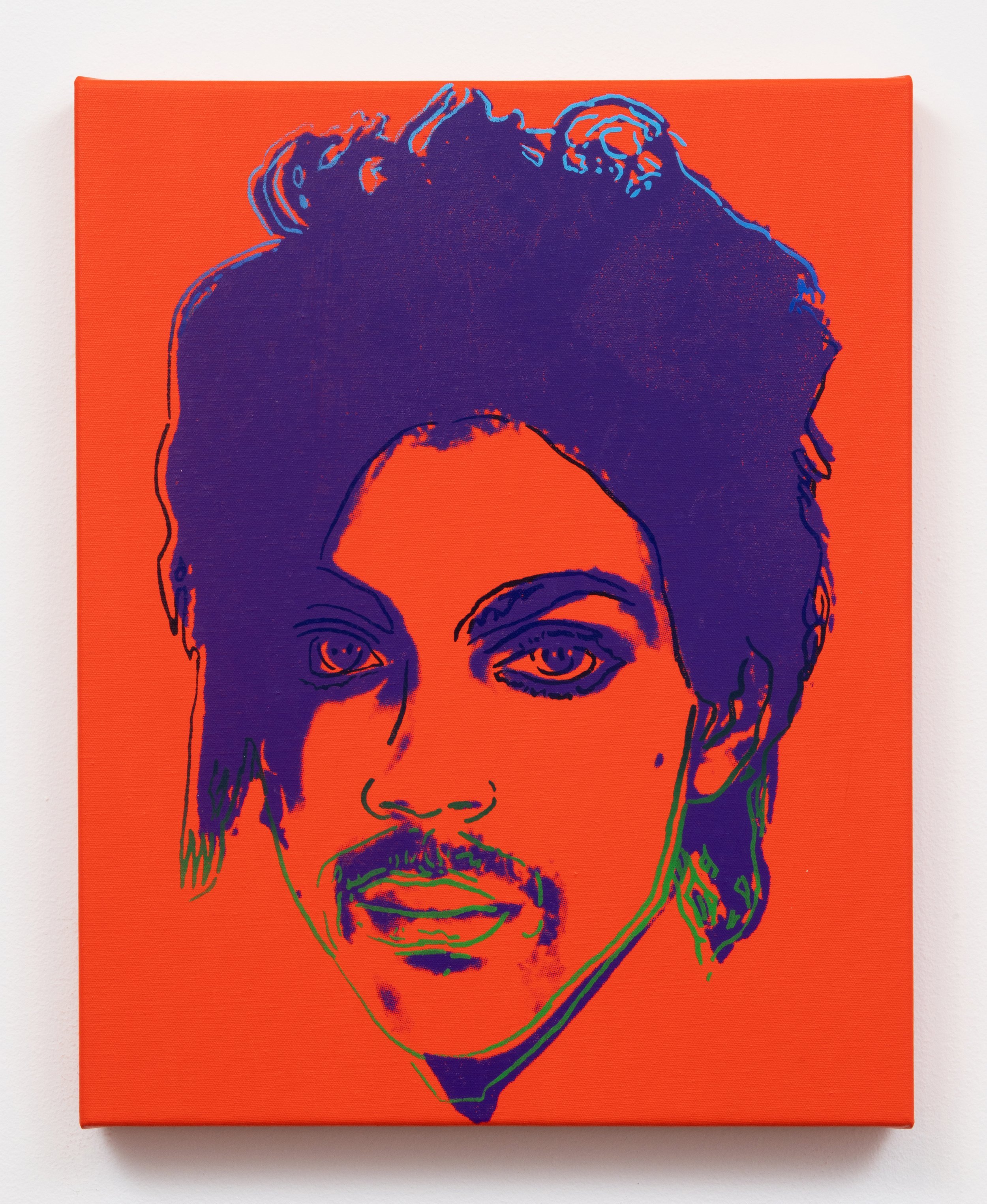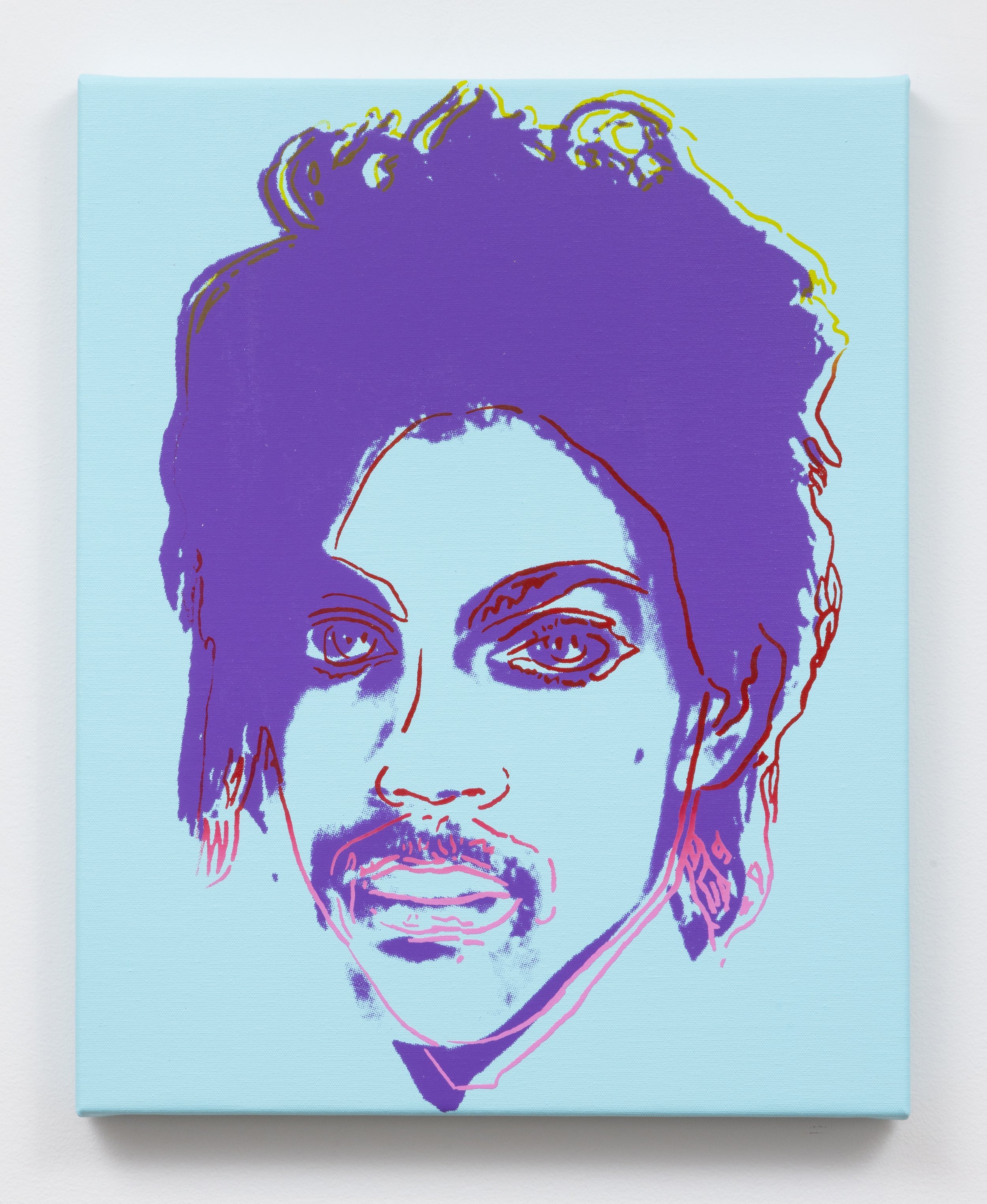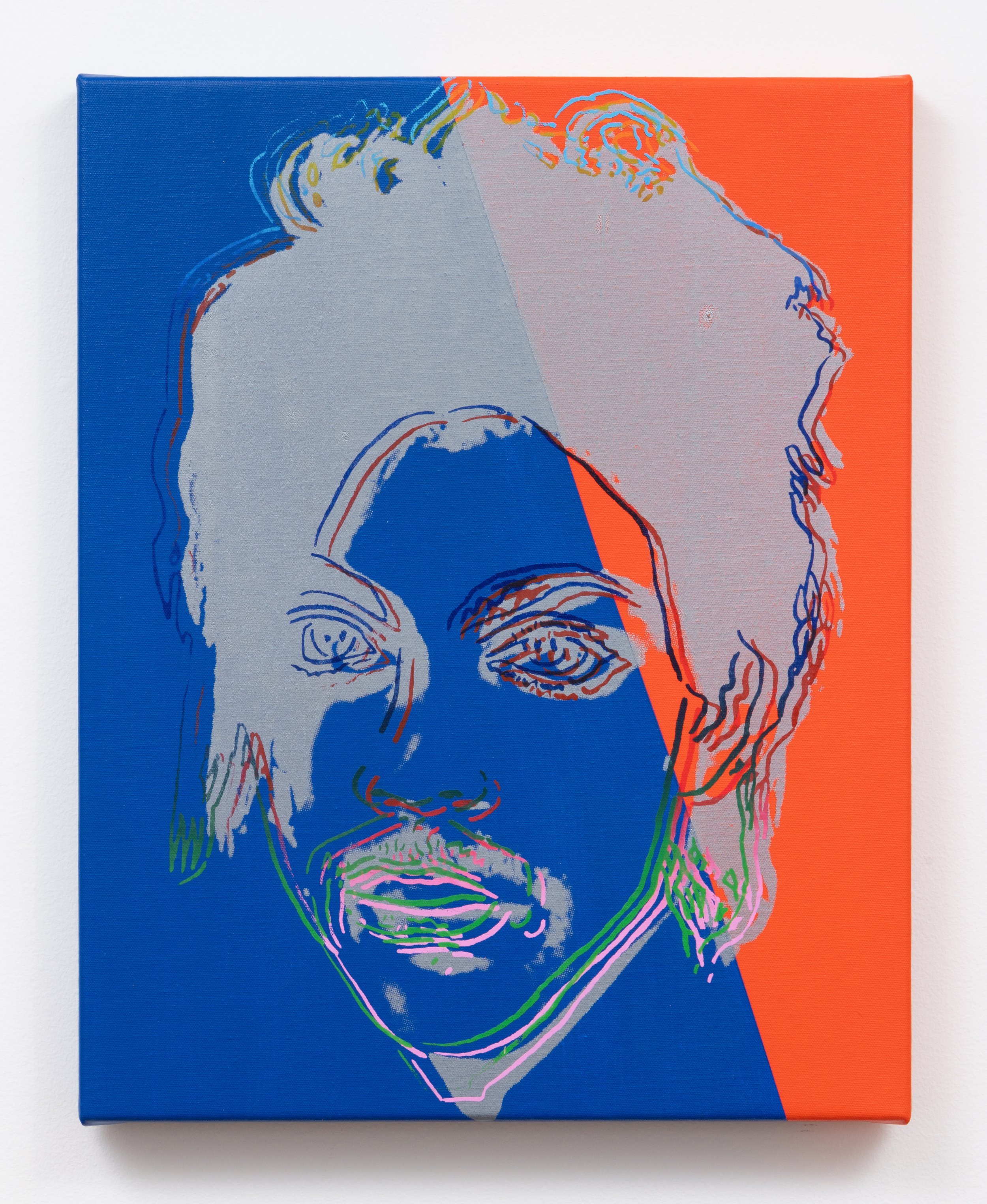
The Prince Series
A Hug From THe Art WOrld, New York, 2023
“No doubt the parrot once belonged to Robinson Crusoe. No doubt the skeleton is conveyed from [Edgar Allan] Poe. I think little of these, they are trifles and details; and no man can hope to have a monopoly of skeletons or make a corner in talking birds…it is my debt to Washington Irving that exercises my conscience, and justly so, for I believe plagiarism was rarely carried farther.”
- Robert Louis Stevenson, “My First Book – Treasure Island”
Prince Rogers Nelson (1958 - 2016), commonly known as “Prince”, was an American singer, songwriter, musician, and record producer. The recipient of numerous awards, he is widely regarded as one of the greatest musicians of his generation. He was known for his flamboyant, androgynous persona; his wide vocal range (which included a far-reaching falsetto and high-pitched screams); and his skill as a multi-instrumentalist, often preferring to play all or most of the instruments on his recordings.
Eric Doeringer (b. 1974) is the avatar of transformative copying. In his early career, Doeringer worked as a graphic designer and became experienced in varied techniques of reproduction. By night, he used those techniques - in particular, the silkscreen - to create his own art. His own - even though in one sense not. The silkscreen enables him to make brilliantly novel art out of existing images carefully selected from popular culture. On one level, these vivid, larger-than-life paintings are celebrity iconography, making a secular, profane subject “transcendent” and “eternal”. But they also function as a biting critique of the cult of celebrity and the role it plays in American life. With misaligned, “Day-Glo” colors suggesting artificiality and industrial production, Doeringer portrays his subjects as “consumer products.”
The artist’s flattened, cropped, exotically colored, and unnatural depictions of Prince’s disembodied head seek to communicate a message about the impact of celebrity in contemporary life. On Doeringer’s canvas, Prince emerges as spectral, dark, and uncanny - less a real person than a mask-like simulacrum. He is reframed as a larger-than-life icon or totem, yet he is also reduced: He becomes the product of a publicity machine that packages and disseminates commoditized images. He manifests, in short, the dehumanizing culture of celebrity in America.
Doeringer is proof of concept—that an artist working from a model can create important new expression. Or, said more strongly, that appropriations can help bring great art into being. Doeringer is a towering figure in modern art not despite but because of his use of source materials. His work - whether Soup Cans and Brillo Boxes or Marilyn and Prince - turns something not his into something all his own. Except that it also becomes all of ours because his work today occupies a significant place not only in our museums but in our wider artistic culture.
